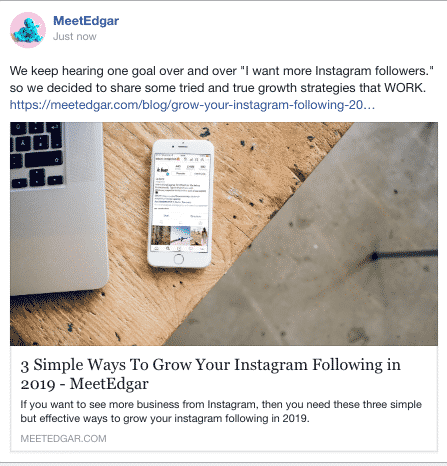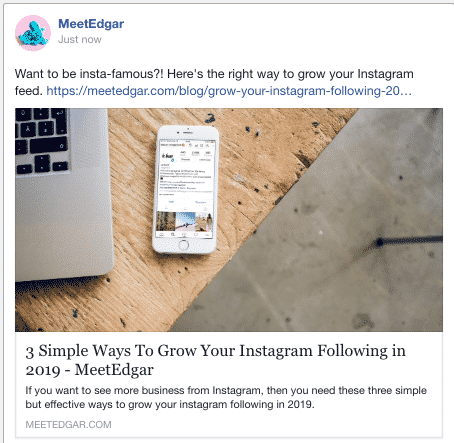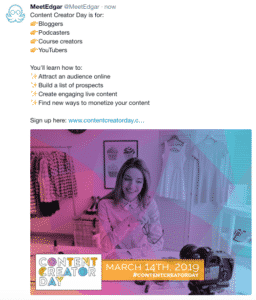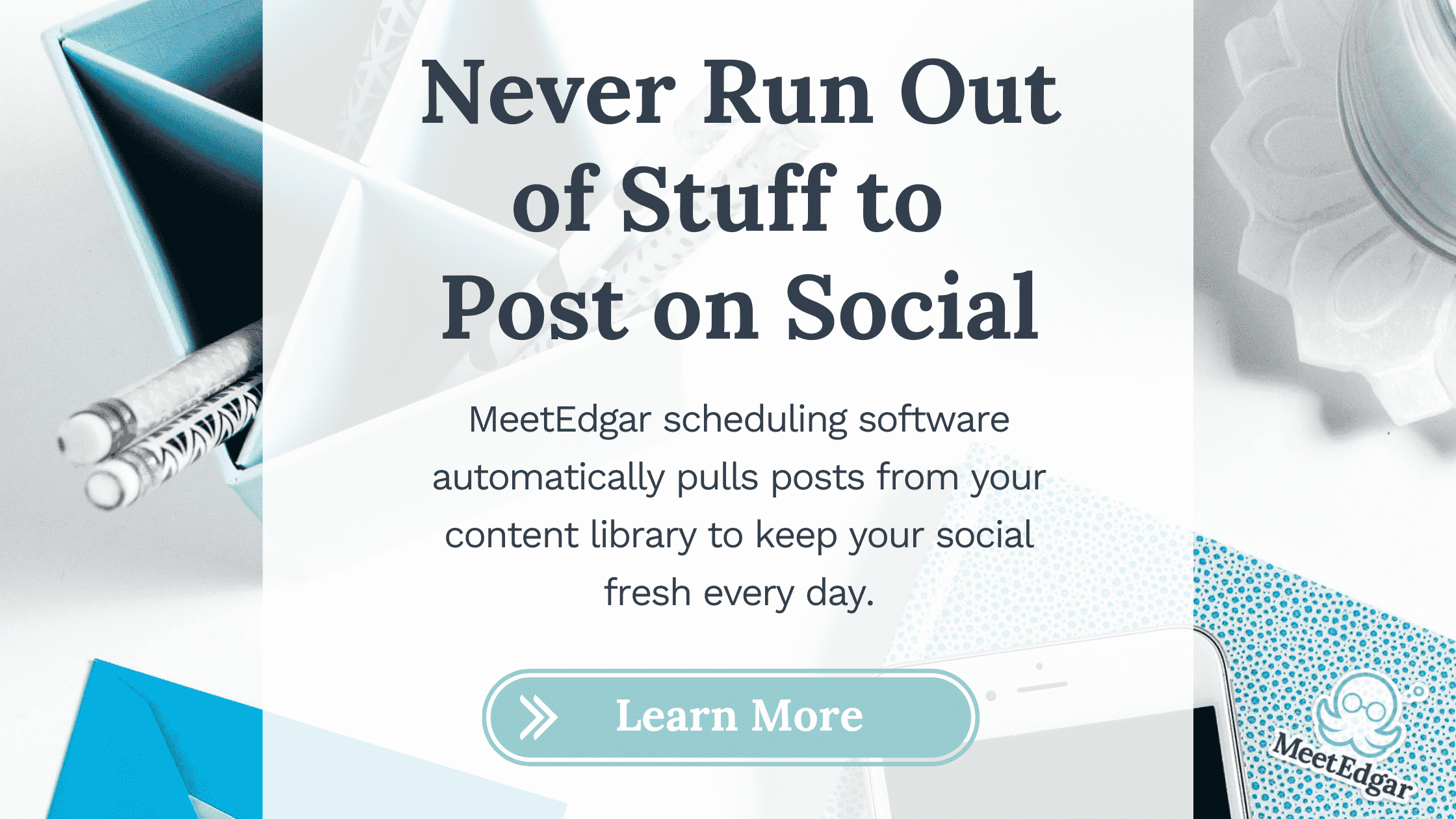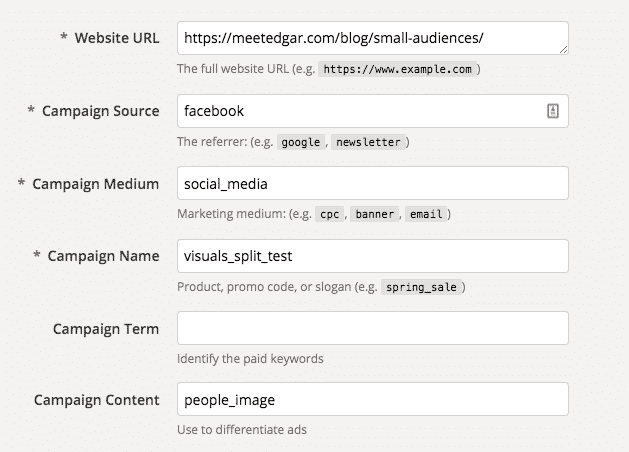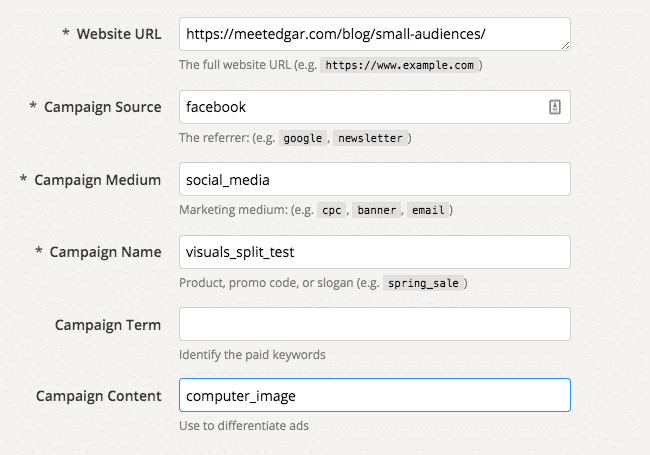The big question most people have about their social media marketing is, “Will it work?” There are hundreds of thousands of articles, videos, and webinars on social media best practices, strategies, calendars, tips, tactics, and secrets.
You could spend actual years consuming every piece of content about social media marketing and still may not have the secret sauce. The best way to learn what works for your content and your audience is to conduct a social media test! A/B testing your social media is the best way to get results.
???? ???? Want to listen to this post instead? Check it out:
What is a split test?
A/B testing, also known as split testing, is a form of research where you test slight variations of your marketing to determine what is most effective. The key to a great split test is only to test one element at a time. If you try to test multiple elements, you’ll have no idea what works and what doesn’t.
Why should you A/B test?
When you first get started with social media marketing, you’re usually making assumptions. Sure, they’re based on best practices, but they’re still only assumptions. You’ll never really know what works in your social media until you start using A/B testing best practices.
Even if you have been using social media for a while and feel like you’ve got the hang of it, you should still be A/B testing. Social algorithms are constantly changing, and so is your audience. What worked 6 months ago might not work as well today, and the only way you can be confident it still works is if you test it!
How to A/B test
You can A/B test just about anything as long as you remember the golden rule of how to do A/B testing: only test one element at a time. If you want to split test your social posts for your latest blog post, you could post the exact same headline, link preview, and text but test with different images.
What should you change with a social media test?
1. Text
The text is one of the most important elements of a social post and it’s a really easy thing to test. You can experiment with different post lengths, emojis, headline formats, etc.
Just don’t forget the golden rule: never test two things at once. So don’t go A/B testing headlines and images in the same test because you won’t be able to tell which of both changes is working!
Variation 1:
Pro-Tip: MeetEdgar makes this super easy with our variations feature. You can even create multiple variations with the click of a button with auto-variations. See how it works here.
2. Visuals
You’ve probably heard the statistic that people process visuals 60,000 times faster than text so you know that visuals should be at the top of your list when social media testing. Luckily, there are plenty of options for your visuals. You can A/B test images, or one image and one video or an image and a link preview, videos and GIFs, and the list goes on.
3. Headline and link preview
If you post links to your blog posts or podcast episodes, experiment with different headlines. Traffic can vary by as much as 500% percent depending on the headline, according to one study. You’ll create more opportunities for your audience to click on your content by testing different headlines.
4. Hashtags
Hashtags started as a Twitter feature, but they can now be found on every single platform. You can split test different hashtags such as #contentmarketing or #content and #marketing or A/B test using hashtags and not using hashtags in a post.
5. Time or day of post
When is your audience online? When are they most active? What days are the best to post? This is one of the most frequently asked questions we hear from our audience! You can read every article about the best times to post , but the best way to learn what works for your audience is to A/B test!
Pro-Tip: You can create an A/B Test category in MeetEdgar, where you experiment with posting at different times and days. Choose two timeslots and then add only a few pieces of content into that category. Let Edgar share those posts over a few weeks or one month, and then check in on your analytics at the end of the month. Your history tab will show you what days or times performs best!
Best practices for social media tests
You can’t just start throwing out all these different variations and hoping that you’ll figure out what works. Well, you could but you probably won’t be entirely clear on what’s working and what’s not. You need a clear strategy when heading into your A/B tests.
1. Determine what you’re testing
Every piece of content needs a job to do, and so does every A/B test. Measuring the “best performing post” is too vague. There are many ways you can have success with social media.
You can measure reach or shares or likes or link clicks. It doesn’t matter what you test, only to decide what it is before starting the test!
2. Use UTM parameters
If you are measuring website traffic, then using UTM parameters is going to give you the clearest results. UTMs make it easy to monitor the different ways of sharing the same link. (Got questions on using UTM parameters? Check out this post here.)
Here at MeetEdgar, we like to identify the type of split test we’re doing in the “Campaign Name” section and then identify which element we’re testing in the “Campaign Content” section. That way, we know what to check in Google Analytics when determining the results.
Variation 1:
Variation 2:
3. Record your results
Finally, keep track of your split testing results! Simply using a Google spreadsheet to record the goal, the tested posts, and the results of each split test will come in handy for the future.
Your audience will never stop evolving and social media will not stop changing so you should never stop A/B testing. You may want to go back and re-test something you already tested last year or a few months earlier, and recording the previous results will make it easier to see trends or understand how your audience is growing.
[easy-tweet tweet=”Your audience will never stop evolving and social media will not stop changing so you should never stop A/B testing.” user=”@meetedgar” url=”www.meetedgar.com/blog/ab-test-social-media”]
Don’t stop testing
The more you test, the more chances you have to improve your social and answer that age-old question, “Will it work?”
MeetEdgar makes it easy to split test your social media with features like variations, Give us a test drive with a free trial here.


